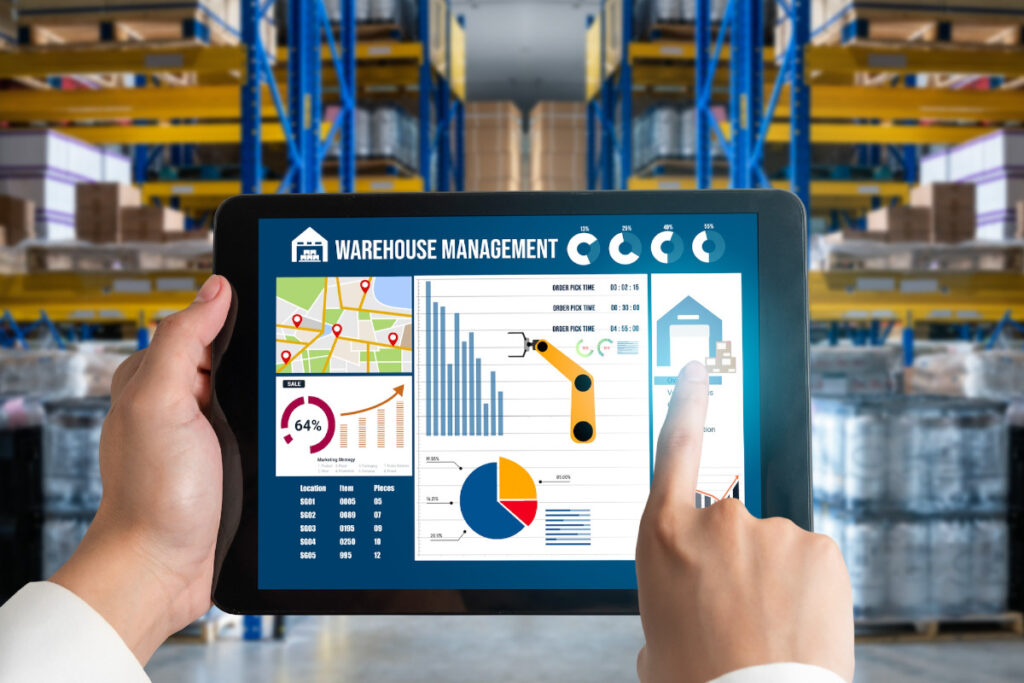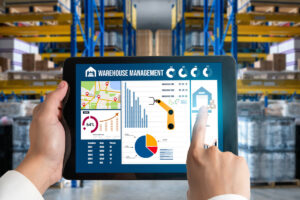The Central Problem: Decision-Making in an Uncertain Environment
Supply chain management is currently shaped by:
-
Sustained inflation.
-
Global logistics disruptions.
-
Shifting consumer behavior.
-
Increasing sustainability demands from clients and regulators.
In this scenario, intuition and past experience are no longer enough. Companies need data, predictive models, and real-time analytics to anticipate and react quickly.
The decision-making gap
A Deloitte (2024) study highlights that “67% of companies in Latin America admit to having limited visibility of their supply chains beyond the first tier of suppliers”. This strategic blind spot exposes organizations to sourcing risks, excess costs, and missed savings opportunities.
The impact of forecasting errors
According to Gartner (2024), “demand forecast errors generate, on average, revenue losses equivalent to 5% annually in consumer goods companies”. In Colombia, sectors such as retail, food, and pharmaceuticals face this challenge acutely due to dependence on imported inputs and currency fluctuations.
Strategies and Applications of Advanced Analytics in Supply Chain
Advanced analytics goes beyond dashboards. It involves big data, machine learning, predictive and prescriptive models that transform information into strategic decisions.
1. Demand forecasting powered by machine learning
Demand prediction is one of the most critical areas in supply chain. While traditional methods rely on historical series, machine learning integrates external variables such as:
-
Seasonality.
-
Fluctuations in raw material prices.
-
Macroeconomic trends.
-
Consumer behavior in digital channels.
Real example: A supermarket chain in Mexico reduced stockouts by 22% after implementing demand forecasting models with machine learning, while improving turnover of perishable goods.
2. Procurement optimization and strategic sourcing
Advanced analytics enables companies to identify spend patterns, consolidate suppliers, and design data-driven negotiation strategies.
-
Spend cube analysis to detect savings opportunities.
-
Price benchmarking across local and international markets.
-
Simulation models to evaluate purchasing scenarios.
McKinsey (2023) states: “companies applying advanced analytics in procurement achieve an additional 3% to 8% in savings compared to those relying only on traditional negotiations”.
3. Risk management in the supply chain
Extended visibility is crucial. With advanced analytics, companies can:
-
Map financial and geopolitical supplier risks.
-
Anticipate logistics disruptions with real-time data.
-
Assess carbon footprint and sustainability risks across the chain.
Latin American case: A manufacturing company in Brazil used predictive risk models to identify vulnerabilities in Asian suppliers. This allowed them to diversify their supplier base and avoid multimillion-dollar losses during the 2021 logistics crisis.
4. Prescriptive analytics for decision-making
Beyond prediction, prescriptive analytics suggests what actions to take. With advanced algorithms, companies can recommend:
-
The optimal supplier mix.
-
The exact amount of safety stock.
-
The most efficient transportation mode considering cost, time, and environmental impact.
Deloitte (2023) reports: “companies applying prescriptive analytics in supply chains increase customer service levels by 15% while reducing logistics costs by 12%”.
Tangible Impact and Benefits
Companies adopting advanced analytics in their supply chains report significant results:
-
Cost reduction: 10% to 20% savings in operational costs, according to McKinsey.
-
Greater forecast accuracy: Up to 30% improvement in demand prediction.
-
Service level improvement: Fewer stockouts and higher customer satisfaction.
-
Resilience: Ability to anticipate risks and respond in real time to disruptions.
-
Sustainability: Better control over carbon footprint across the value chain.
Colombian case: A mass-consumption company in Medellín implemented advanced analytics to optimize its distribution network. Results included a 12% annual saving in logistics costs, an 18% reduction in delivery times, and better availability of key products at points of sale.
Strategic Conclusion
Advanced analytics is no longer optional—it is a must-have for companies that want to remain competitive. In a volatile environment, data has become the new strategic differentiator.
Organizations integrating advanced analytics into their supply chain decisions achieve not only financial savings but also agility, resilience, and sustainability—qualities that define market leaders today.
At Center Group, we support companies in adopting advanced analytics to transform their supply chains into engines of efficiency and growth. Contact us and discover how to take your procurement and supply chain strategy to the next level in 2025.





